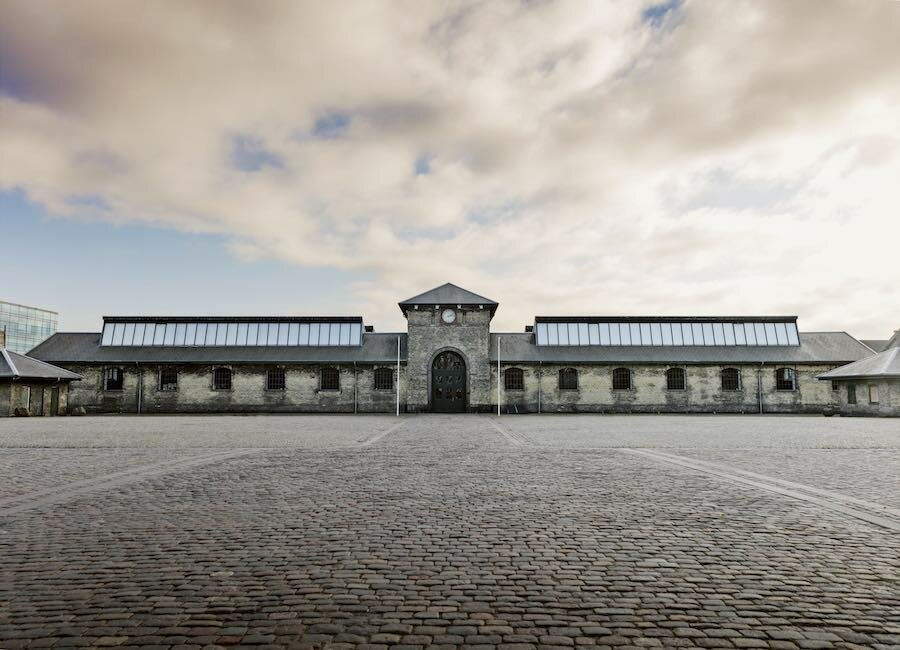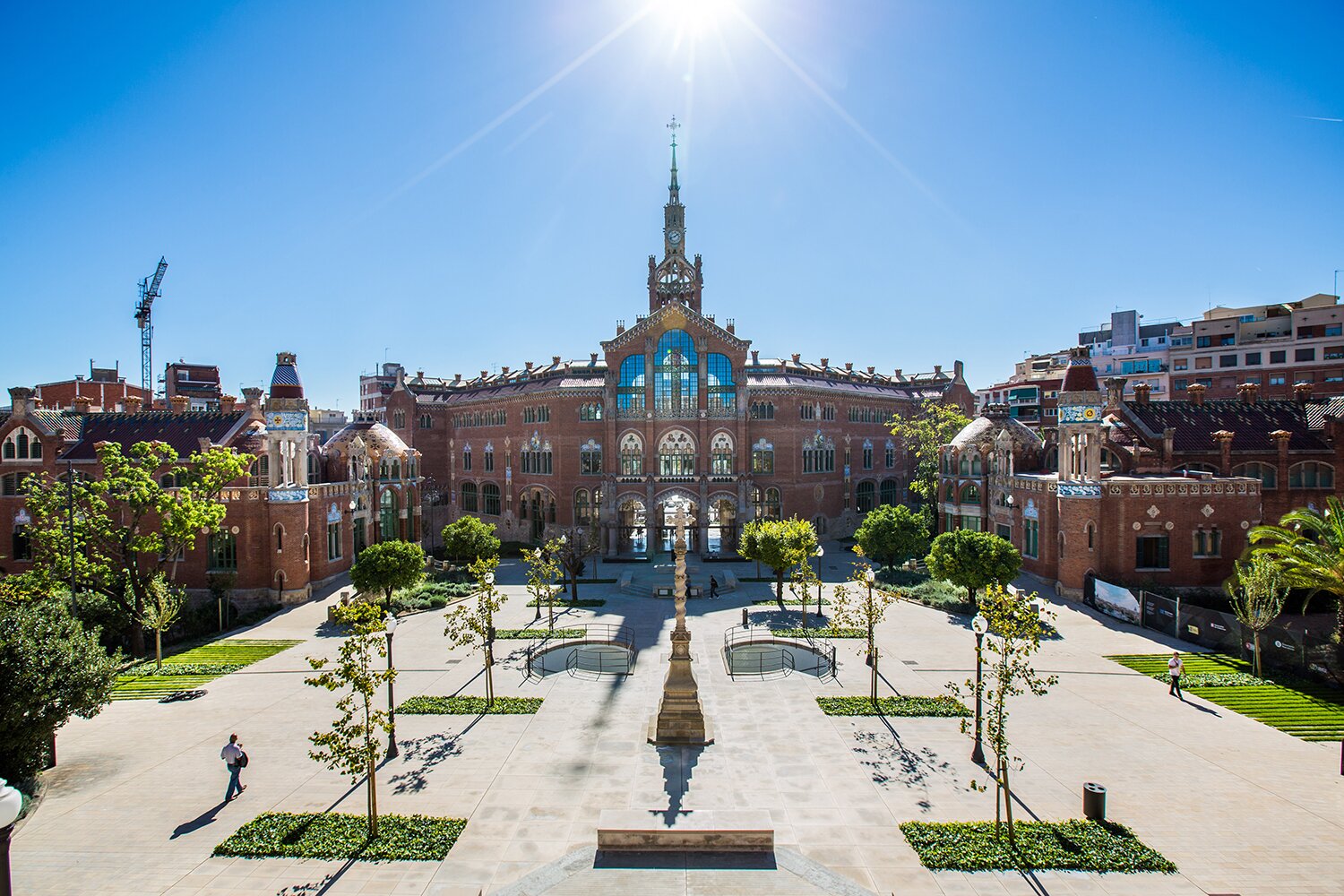IM INTERVIEW | ERIK OLOFSEN
IS THERE SOMETHING LIKE A GENERAL REALITY?
For me I was looking with this mirror works for something that could make a statement that reality is totally subjective. That is what I try to express. Whatever viewpoint you take, it is always completely changing the image of yourself and also the image of the people you look at through these mirrors. Reality is like really moldable and very individual, I guess.
WHAT IN YOUR SENSE, IS THE RELATIONSHIP BETWEEN REALITY AND ART?
Artworks strive to say something about the reality surrounding them. They react to reality. I think that’s what art is all about.
DOES ART WANT TO CHANGE PEOPLES’ REALITY OR GIVE ANOTHER PERSPECTIVE?
The perspective yes, changing I don’t know. But yes, it gives a new perspective, but from there on, what people do with it, is their business.
WHEN DID YOU START TO WORK WITH MIRRORS?
Good question. I think it was 5 years ago that I started working on mirrors. They were actually quite a bit bigger, somehow integrated in an installation, more a sculpture. And this developed into the pieces that you see now – with all these lines and wholes. The focus lies on the alternation between: this is reality, this is the mirror. This started 5 years ago. And before that I was trying to do more or less the same thing. I was trying to destroy the real image. I had this huge printer. I was printing the images out, mixing them with reality. Taking pictures again of these prints, cutting them. Every time you take a picture of the picture you are creating – in an effort to destroy the image – a new image. It’s pretty logical. But when you are totally obsessed… For me it was like a discovery to understand that I would never get rid of the image. The mirror itself is also an image of reality. That for me was like taking the next step.
WHY MIRRORS IN THE FIRST PLACE?
It’s dealing with our perception of what is an image. I like it especially because the image changes when you are shifting from left to right or when you stand on the other side. It gives a strange fluidity to what we think of an image. People usually think an image has something true. That’s what I want to question. I don’t trust any image any more. (laughs)
WHAT DOES SPACE MEAN TO YOU AND YOUR WORK?
A lot. Because space implies movement. And I really think it is very interesting to have a piece of art you could move through. Again this goes back to the fact that you can take new points of view or your own points of view. Space itself has something interactive about it. Maybe, this is what I try to say through my work: that life itself is also interactive. So why do we need all these interactive games and all that stuff. But ok, we were talking about space;)
I mainly think in three dimensions. I am very much oriented on the sculptural aspect or the architectural aspect of space. And I react to it. I did a lot of work on location, reacting to the space. So in almost all my works it is a quite important aspect. I like to extend space. That is what I am looking for. Where does the real space start? And does it flow over into something like mental space?
PSYCHOLOGICAL SPACE? DO YOU MEAN BEING ABLE TO SEE THINGS IN A DIFFERENT WAY?
Well, I don’t know. For example, I had this one installation where you walk through all these walls that are all a bit diagonal and then there are these frames, like openings, that look a bit like cinema frames. There was also a black and white projection of space projected over the space. So virtual and real in one thing. Then you add, what you as a viewer project onto this space. So in the end, it becomes a kind of game in the mind of the person.
HOW IMPORTANT IS PHOTOGRAPHY IN RELATION TO YOUR WORK. IS PHOTOGRAPHY ABLE TO ADD SOMETHING TO IT?
In this case it is definitely able to add something. This was actually one of the reasons to become enthusiastic about this Olympus-Project Because of the cameras. I am really quite interested in what people will come up with, that I myself did not photograph.
It is funny. Because when I started with these mirrors I also had in mind a sort of photography project. So I was in my studio taking pictures of these mirror pieces. And at some point I decided that it is better when the mirror pieces just exist in space and that people take a picture of them with their phone or like here with the Olympus camera.
Erik Olofsen, thank you very much.




